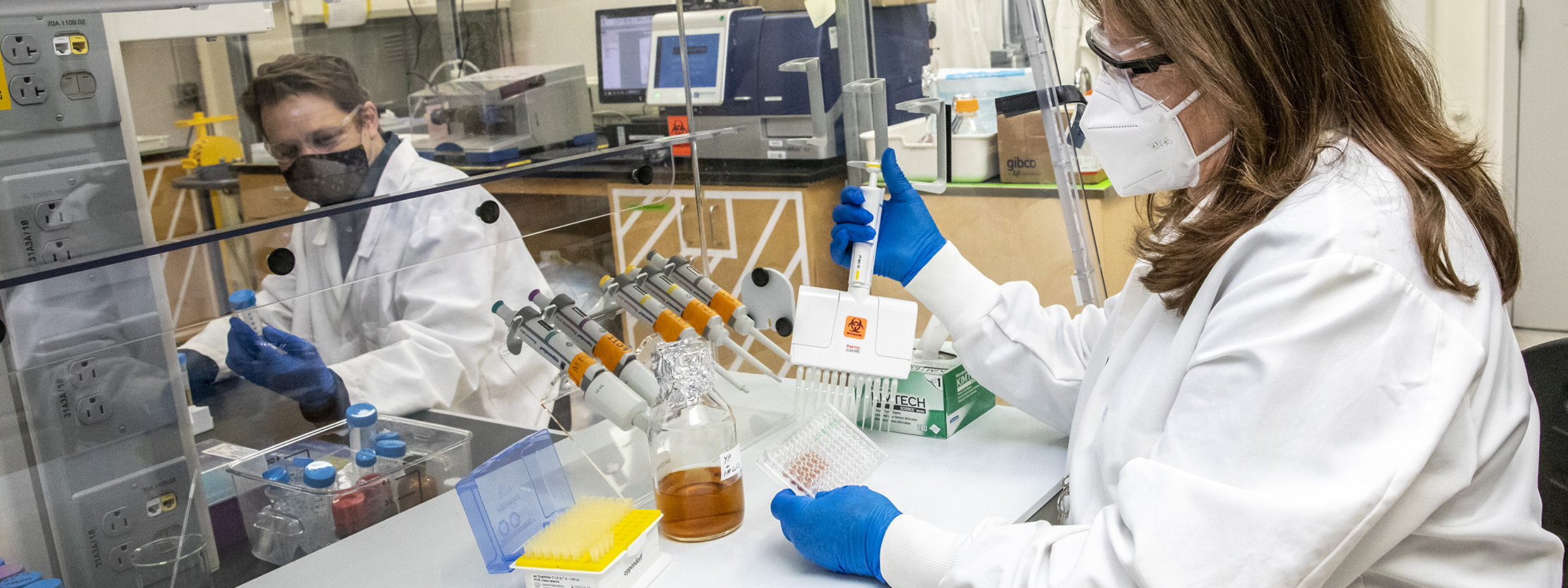The Atomic, Molecular and Optical Sciences (AMOS) program closely couples experimental and theory efforts to provide deep insight into the fundamental interactions that drive key chemical processes in simple molecules, complex molecular systems and molecules in complex environments including interfacial systems.
The Catalysis (CAT) program creates, controls, integrates and interrogates complex catalytic microenvironments to increase the efficiency of chemical transformations that impact energy processing, utilization and storage.
The Condensed Phase and Interfacial Molecular Science (CPIMS) program seeks to expand the fundamental science base that underlies current and future problems in energy sciences, which include both energy production and its environmental impacts.
The Gas Phase and Chemical Physics (GPCP) program seeks to expand the fundamental science base that underlies current and future problems in energy sciences, which center on chemical conversion processes, associated with energy production and the coupling between such processes and the environment.
The BES Geosciences group (GEO) discovers the molecular mechanisms of the coupled chemical and mechanical transformations that evolve the properties of rock-fluid systems in the Earth’s crust and constructs new experimental, theoretical, and computational tools to address current and future energy and water needs.
The core mission of the Heavy Element Chemistry (HEC) program is to pioneer innovative experimental approaches and perform basic research in actinide and transactinide chemistry, to understand and control at a fundamental level bonding, physical properties and reactivity of the heavy elements, across multiple length scales, with a particular focus on the roles of f electrons and orbitals.
The Photosynthetic Systems (PS) program encompasses the elucidation of light harvesting, energy transfer, charge transport, and catalytic functions of the natural photosystems.
The Solar Photochemistry (SP) program focuses on the implementation of key design principles of the light harvesting, energy transfer, charge transport, and catalytic functions in the artificial photosystems.
Large-scale algorithms and software for modeling chemical reactivity in complex systems.
